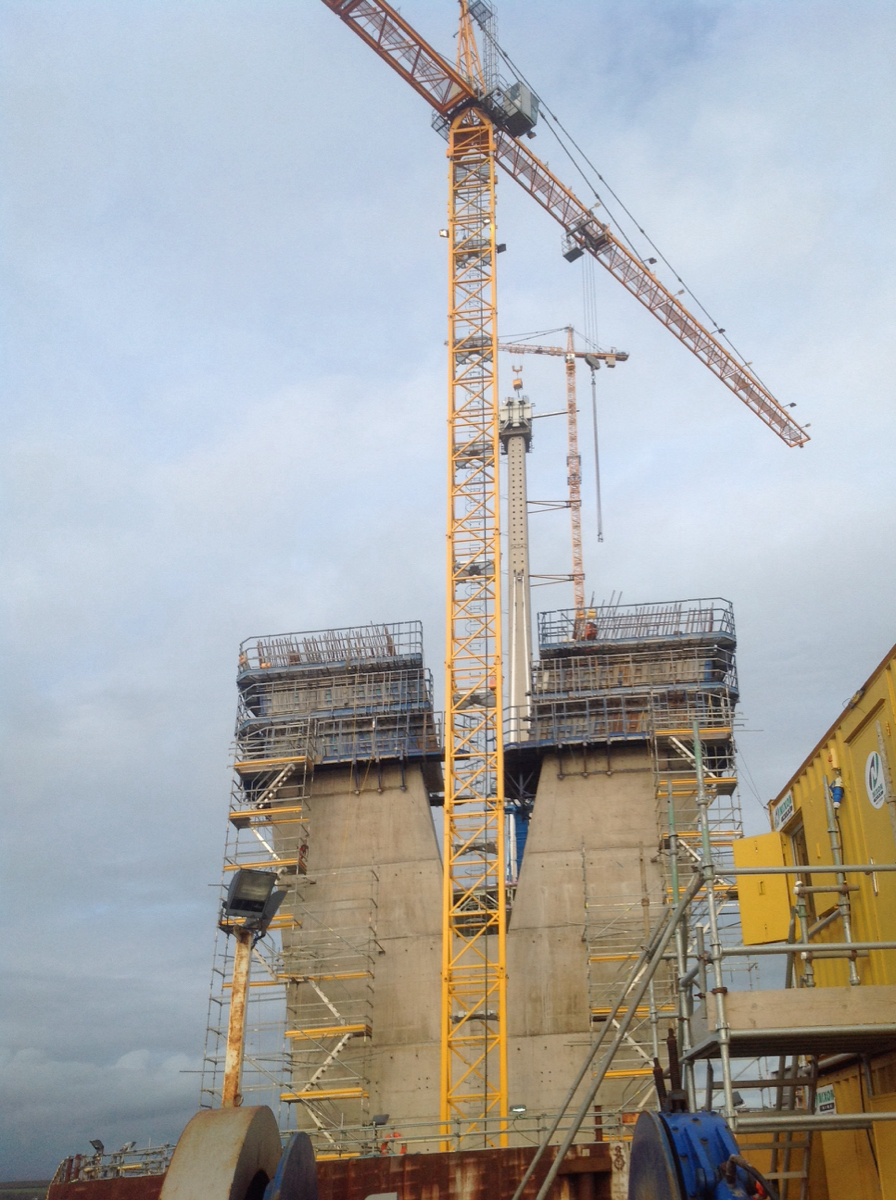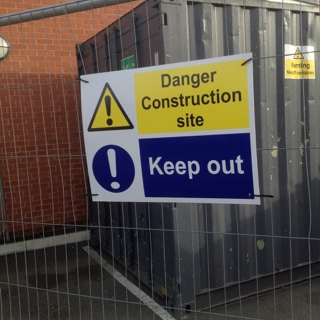Information
-
Audit Title
-
Client / Site
-
Conducted on
-
Prepared by
-
Location
-
Personnel
1. Working at Heights
-
1.1. Fall risks of 2m or more? (including voids, pits, and trenches)
-
1.2. Lack of edge protection?
-
1.3. Unsafe or incomplete edge protection?
2. Plant and Equipment
-
2.1. Unsafe or damaged plant/equipment? (including missing or damaged guards)
-
2.2. Incorrect plant /equipment for job? (e.g. grinding discs for cutting)
-
2.3. Unsafe or incompatible attachments used with plant/equipment?
-
2.4.. Lack of safe work instructions?
3. Scaffolds
-
3.1. Unlicensed persons erecting scaffold above 4m?
-
3.2. Unsafe or incomplete scaffold?
-
3.3. Lack of inspection protocol for scaffold?
-
3.4. Scafftag in place and signed off?
-
3.5. Safe Work Load (SWL) exceeded? (tools, stored materials, number of persons)
4. Lifting Equipment
-
4.1. Unsafe or damaged plant?
-
4.2. Loads lifted over persons, close proximity to obstacles incl. overhead power lines?
-
4.3. Lack of maintenance, testing and inspection?
-
4.4. Lack of SWL information displayed?
-
4.5. Lack of daily inspection protocol?
5. Harness and Equipment
-
5.1. Unsafe or damaged harness or equipment?
-
5.2. Unsafe or uncertified anchor points?
-
5.3. Lack of inspection protocol for equipment?
-
5.4. Lack of or inadequate formal training for operators?
6. Ladders
-
6.1. Unsafe or damaged ladders?
-
6.2. Unsafe positioning of ladders?
-
6.3. Ladder not properly secured?
-
6.4. Ladder unsuitable for job? (e.g. metal ladder used for electrical work)
7. Hazardous Manual Tasks
-
7.1. Lack of identification hazardous manual tasks?
-
7.2. Lack of assessment of hazardous manual tasks?
-
7.3. Inadequate risk controls? (examples: no job rotation, lighter loads, trolleys, lifting equipment, etc)
-
7.4. Lack of training in risk controls and safe lifting/ team lifting techniques?
8. Hazardous Chemical (including fuel and oil)
-
8.1. Unsafe storage location? (e.g. flammables near ignition sources, spills could enter stormwater drains, etc)
-
8.2. Incompatible chemicals stored near each other?
-
8.3. Inadequate spill containment equipment?
-
8.4. Safety Data Sheets not accessible on site?
-
8.5. Lack of emergency procedures for injury/spills/fire etc?
-
8.6. Excessive quantities stored on site or in vehicles?
-
8.7. Insufficient ventilation?
-
8.8. Insufficient, or incorrect, PPE?
-
8.9. Unsuitable storage containers? (unlabeled or stored in food containers)
09. Personal Protective Equipment (PPE)
-
9.1. Lack of, or inadequate PPE (including sun protection)
-
9.2. Lack of system to issue, inspect, replace and monitor PPE?
-
9.3. Lack of training in safe use, clean-up and inspection of PPE?
10. Work Environment
-
10.1. Lack of/or inadequate amenities? (toilets, wash areas, lunch rooms, etc)
-
10.2. Insufficient lighting?
-
10.3. Inadequate housekeeping?
-
10.4. Lack of, or inadequate noise/ vibration control?
11. Electrical Hazards
-
11.1. Unsafe electrical leads? (damaged, out of test date or untested)
-
11.2. Lack of RCD protection?
-
11.3. Contact with underground assets?
-
11.4. Contact with overhead electrical lines?
-
11.5. Overloading outlets?
12. Administrative Procedures
-
12.1. Lack of/or inadequate Site Safety Plan?
-
12.2. Failure to obtain permits (Council, EPA, WHS, also Hot Works, Confined Space etc)
-
12.3. Lack of, or inadequate, induction for workers, contractors, visitors?
-
12.4. Lack or, or inadequate, supervisory arrangements?
-
12.5. Lack of/or inadequate training, licenses, skills, experience?
-
12.6. Lack of/or inadequate Safe Work Method Statements (SWSM) for high- risk work?
-
12.7. Lack of, or inadequate system to review SWMS as needed?
Corrective Actions
-
Enter any corrective actions that will be undertaken
Sign Off
-
On site representative
-
Auditor's signature










